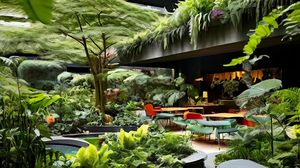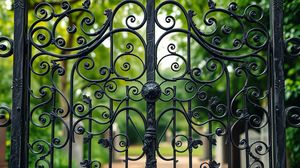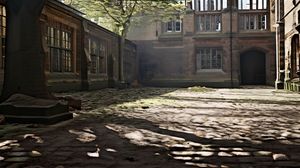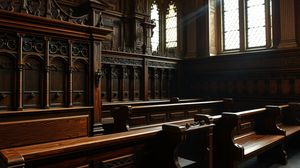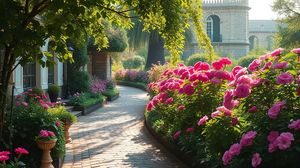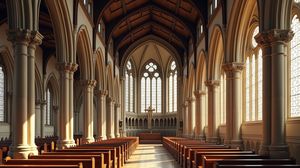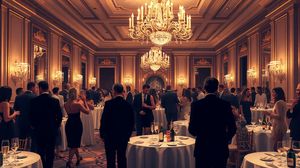
The Barbican Conservatory is often considered a hidden oasis within the bustling city of London, tucked away inside the iconic Barbican Centre. It's the second largest conservatory in the capital and provides a tropical escape with over 1,500 species of plants and trees nestled under its glass roof.
This verdant haven was opened in 1984 and is home to exotic flora from various parts of the world, creating a unique juxtaposition with the Brutalist architecture of the Barbican. The conservatory's climate is meticulously controlled, making it possible for tropical plants to thrive in the heart of the city.
Perhaps one of the most intriguing aspects of the Barbican Conservatory is its collection of koi carp and terrapins, which delight visitors with sightings amid the greenery. These water creatures add another layer of biodiversity to the urban jungle setting.
Many are surprised to learn about the resident cacti and succulents, which reside in their dedicated arid environment, contrasting with the surrounding lush tropical plants. This diverse botanical display contributes to the conservatory's reputation as a unique, always-interesting space to explore.
The conservatory doubles as an artistic venue, hosting a variety of cultural events, exhibitions, and private hire occasions, making it not just a botanical sanctuary but also a creative hub within the Barbican Centre. Whether you're a plant lover or a culture enthusiast, there's something captivating about this garden in the sky.

Making the Most of Your Visit:
Try visiting on a weekday if you can. The Barbican Conservatory is free to enter, which means it can get quite busy on weekends. You'll have a more peaceful experience during the week, particularly if you visit when it first opens or later in the afternoon.
Don't miss out on the cacti and succulents room. It's a bit tucked away and easy to bypass, but it's worth the detour to see the quirky shapes and sizes of these unique plants, contrasting with the surrounding tropical greenery.
Bring your camera or fully charged phone. The architecture of the Barbican Centre combined with the lush foliage of the conservatory makes for some fantastic photo opportunities. The changing play of light through the glass ceiling creates truly magical scenes to capture.
The conservatory is connected to the Barbican Centre, which regularly hosts arts and cultural events. Check out if there are any exhibitions or performances you can attend on the same day to make the most of your visit to this iconic location.
Keep an eye on the details of the plants around you. Many have small information signs that provide interesting tidbits about their origins and characteristics. It's a lovely way to learn more and enrich your visit.

Visiting Times & Costs:
The Barbican Conservatory is open to the public, typically on select Sundays and on Bank Holidays. However, it's important to check for specific opening dates, as it may not be open every weekend.
Entry to the conservatory is free of charge, but pre-booking is often required due to its popularity and limited capacity.
The conservatory is mostly accessible, with level access to most areas, and there are lifts to facilitate movement between levels in the Barbican Centre. However, some areas might be more challenging to navigate for those with mobility issues. It's advisable to contact them directly for the latest accessibility information before your visit.

Address & Map:

Nearby:
